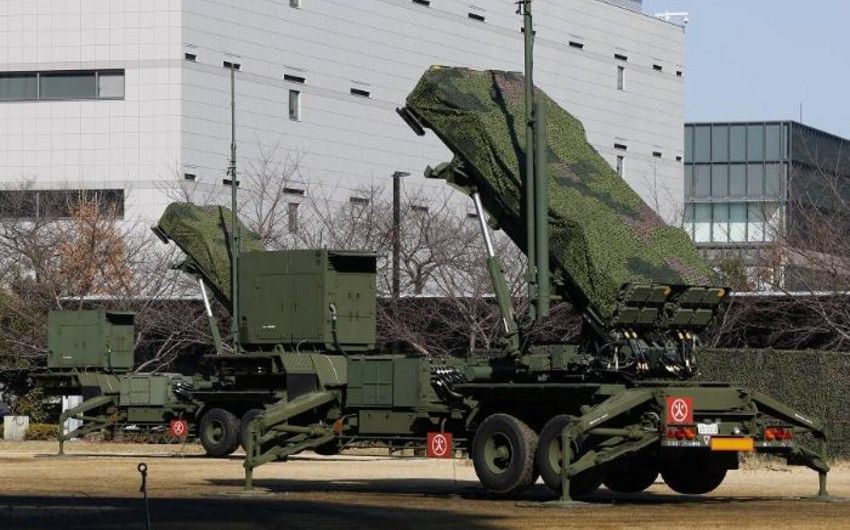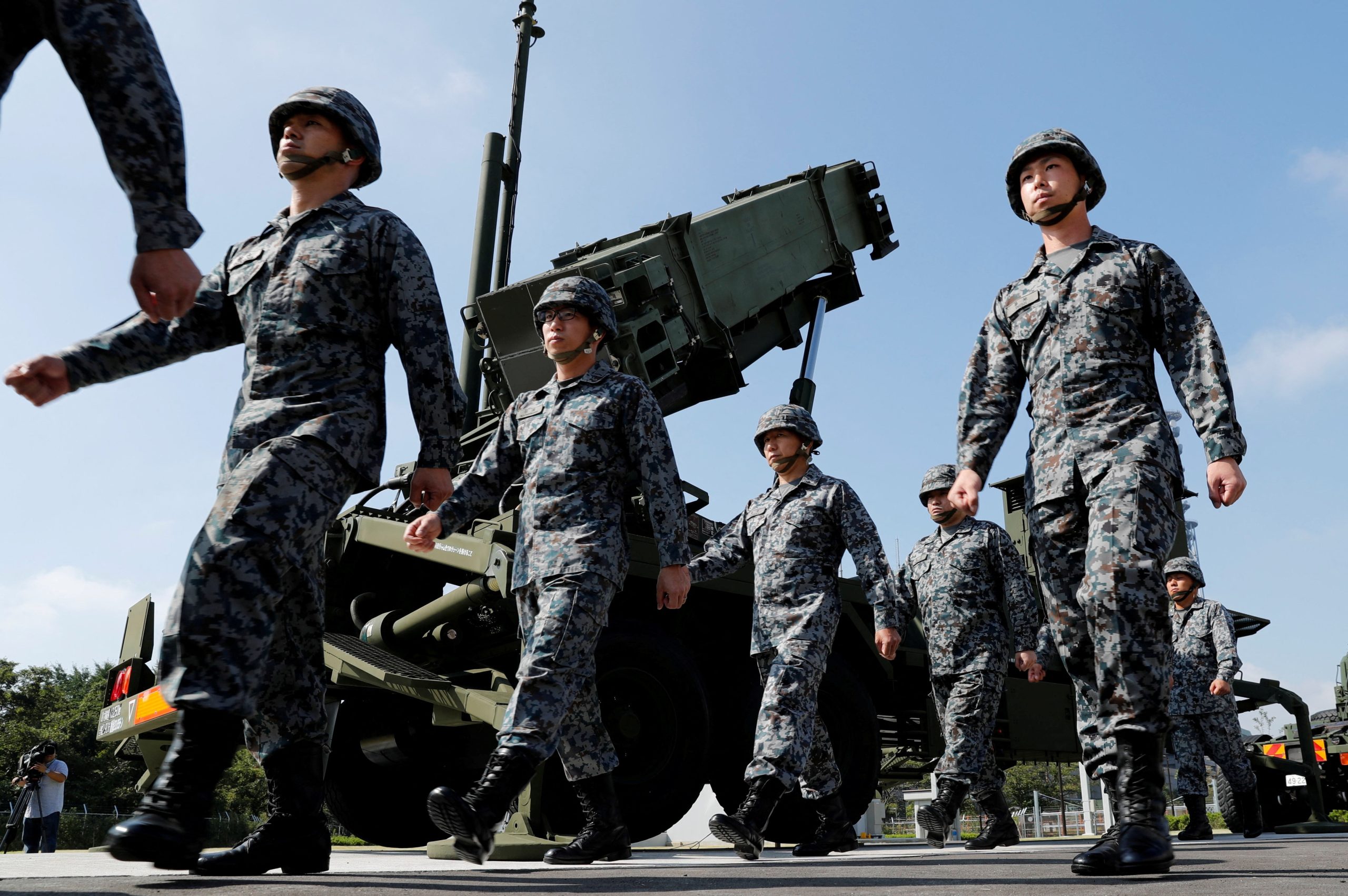Japan’s PAC-3 missile export to US deepens security ties

Japan’s first licensed missile export and what it means
Japan has completed the export of Patriot Advanced Capability-3 (PAC-3) surface-to-air missiles to the United States, a shipment that Tokyo says will help replenish U.S. stocks drawn down to support Ukraine’s defense against Russia. Chief Cabinet Secretary Minoru Kihara confirmed the delivery, saying the missiles were transferred under a contract signed in 2024 at Washington’s request. The weapons had been held by Japan’s Air Self-Defense Force and are being replaced domestically, allowing Tokyo to meet the U.S. demand without reducing its own operational readiness. The move is one of the most concrete signs yet of Japan’s effort to align its security posture more closely with its main ally in response to the war in Ukraine and rising tension in the Indo-Pacific.
Kihara stressed that the exported PAC-3 interceptors will not be sent on to third countries and will remain in U.S. hands, a formulation aimed at preserving Tokyo’s policy of “indirect” support for Kyiv rather than direct arms deliveries. Even so, Japanese officials openly acknowledge that the export is designed to free up U.S. production and inventories for use in Ukraine and in other theaters. The government argues that this form of burden-sharing is now a practical requirement for the health of the alliance and for Japan’s own deterrence.
The PAC-3 system is a core part of Japan’s layered missile defense network against North Korean ballistic missiles and potential threats from China. By exporting missiles built under U.S. license, Tokyo is demonstrating that its industry can function as a reliable second line of supply for American systems. Officials also see the deal as a test case for future transfers of licensed equipment when allies face shortages during crises.

Domestically, the export has been framed as the logical outcome of a gradual shift that began with Japan’s 2014 reinterpretation of its pacifist constitution to allow limited collective self-defense. Subsequent revisions to equipment transfer guidelines opened the door to licensed exports in tightly defined cases, and defense planners have argued that a more flexible framework is needed as Japan spends more on its military. For Prime Minister Sanae Takaichi’s government, the PAC-3 shipment is a chance to show it is delivering on promises to modernize Japan’s security tools without abandoning legal constraints entirely.
Alliance politics and regional signals
Japanese officials describe the PAC-3 transfer as a “win-win” that strengthens the Japan-U.S. alliance while reinforcing deterrence in East Asia. By helping Washington rebuild its missile inventories, Tokyo hopes to ensure that U.S. forces remain fully equipped to respond in the Indo-Pacific, where both countries worry about North Korea’s missile tests and China’s growing pressure on Taiwan. Policymakers also see the deal as a way to demonstrate solidarity with European partners backing Ukraine, even as Japan maintains its constitutional limits on direct lethal aid.
Critics, however, warn that each step away from a strict ban on arms exports makes it harder to draw a clear line in the future. Opposition politicians and some legal scholars say the government is stretching the spirit of Japan’s pacifist principles, even if it stays within the letter of revised guidelines. They argue that supplying missiles that free up U.S. stocks for battlefield use is functionally equivalent to exporting weapons to a country at war, and could make Japan more of a target for retaliation.

Security officials counter that the world in 2025 looks very different from the one in which Japan first adopted sweeping restrictions on arms transfers. They point to Russia’s invasion of Ukraine, repeated North Korean missile launches and sharper military signaling around Taiwan as reasons why allies must back each other more tangibly. For them, the PAC-3 deal is less a radical departure than a sign that Japan is catching up with the realities of coalition defense.
Looking ahead, analysts expect more discussions about expanding Japan’s role in the shared industrial base that underpins Western militaries. As Tokyo invests in new missile, ship and aircraft programs, the pressure will grow to integrate production lines with those of the United States and Europe. The PAC-3 export, modest in scale, is therefore watched less for its immediate impact and more for the precedent it sets in the decades-long reshaping of Japan’s security identity.





















